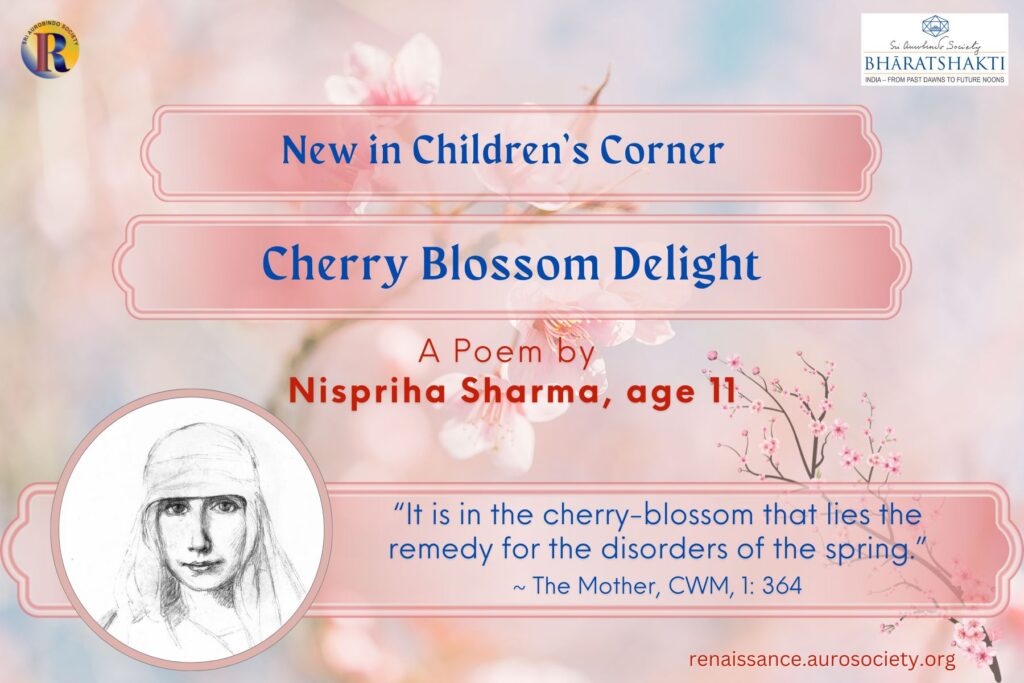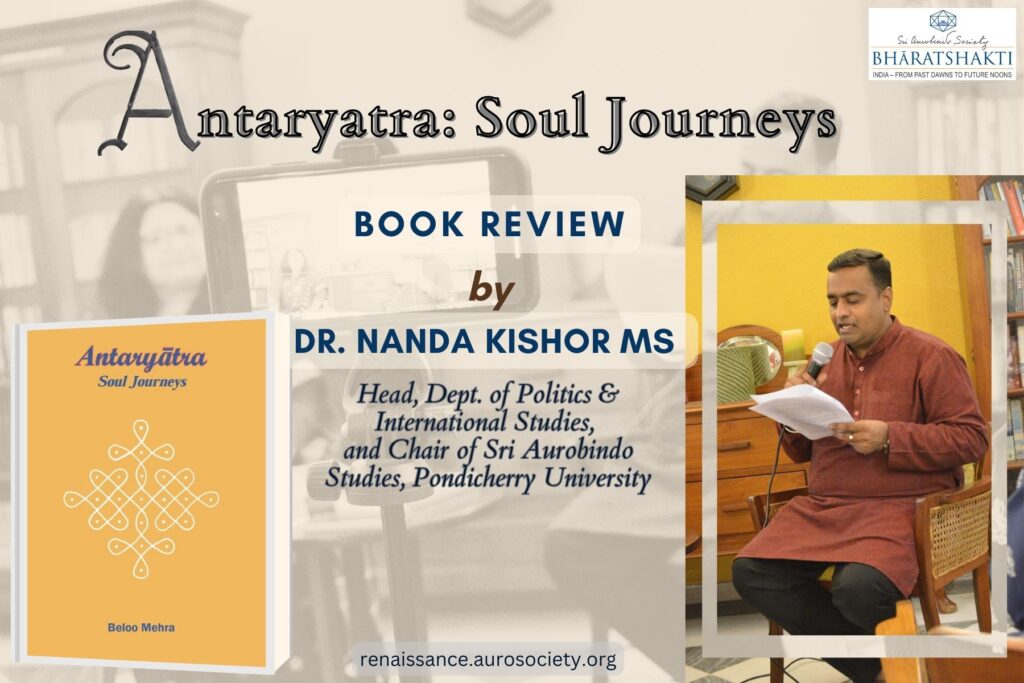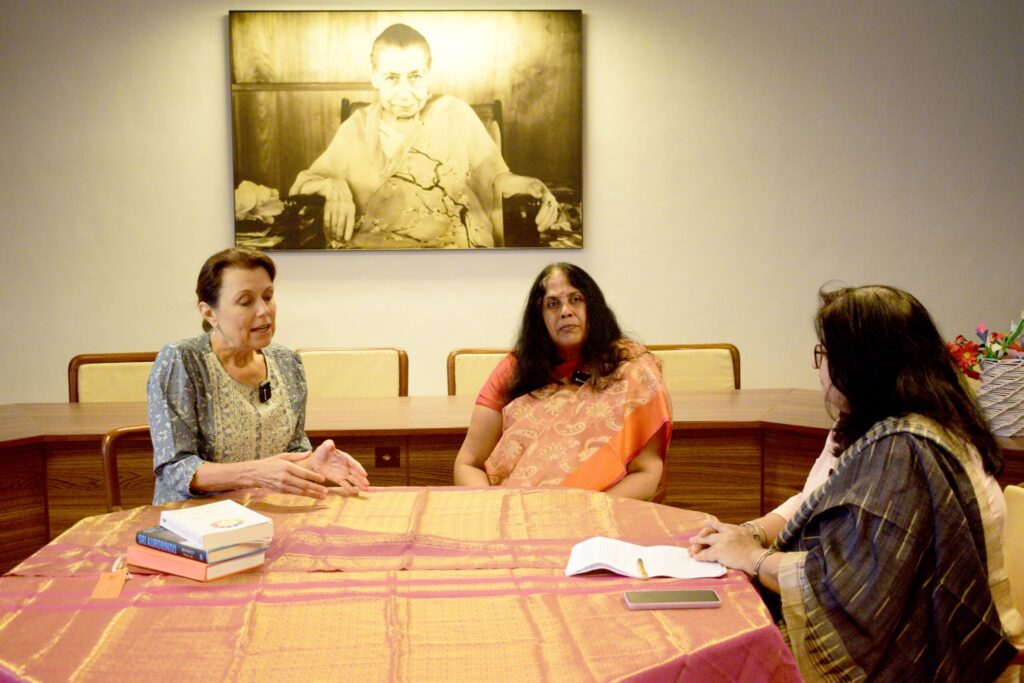Volume V, Issue 4
Author: Jayashree Ashok
Editor’s Note: The author shares here a few contemplative practices involving mandalas. She and her team at Creative School use these practices regularly for both Education and Healing purposes. She describes how these practices help one go inward and get in touch with the innermost silence, the psychic presence within. This write-up also gently reminds us to become conscious of the beautiful mandala patterns hidden in natural marvels such as a snowflake or a sunflower.

The word mandala in Sanskrit literally means centre and circle. It represents wholeness. The centre and circumference always appear together – one cannot live without the other.

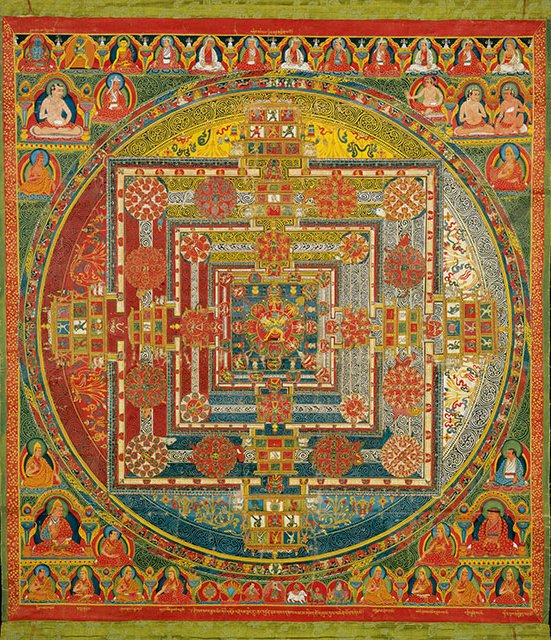
Mandalas have been used for meditation in many traditions, especially Hinduism and Buddhism. One especially well-known tradition is the Tibetan tradition of making mandalas on the ground with special coloured sand. For days at a stretch one works on a sand mandala as a meditation practice, patiently and in silence. Only to destroy it and start again – to experience the impermanence of everything.
The Divine in Nature creates nothing final; everything is temporary and at the same time as perfect as it is possible for it to be under the circumstances at the time.
~ The Mother, CWM, Vol. 15, p. 10

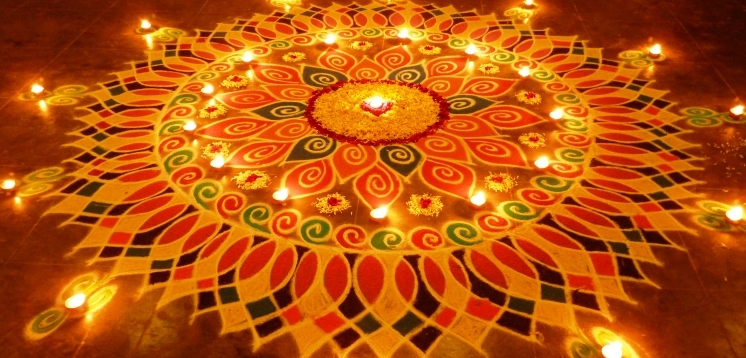
Other examples include making flower mandalas in urlis. We see this cultural practice across many regions in India. And there is also the practice of making pookalams and flower mandalas on the floor.
Representations of mandalas can be seen all over the world – for example, in the huge stained-glass windows in medieval cathedrals. We also find them in several indigenous cultures such as the Navajo sand paintings, in several places in South and Central America. While individual designs vary based on the cultural context, they all have the following characteristics – a centre, cardinal points contained in a circle, symmetry and a circumference.
Traditionally, Mandalas have been used by spiritual teachers, shamans and healers as a source of wisdom, a form of meditation and to reflect universal consciousness.
Nature’s Mandalas

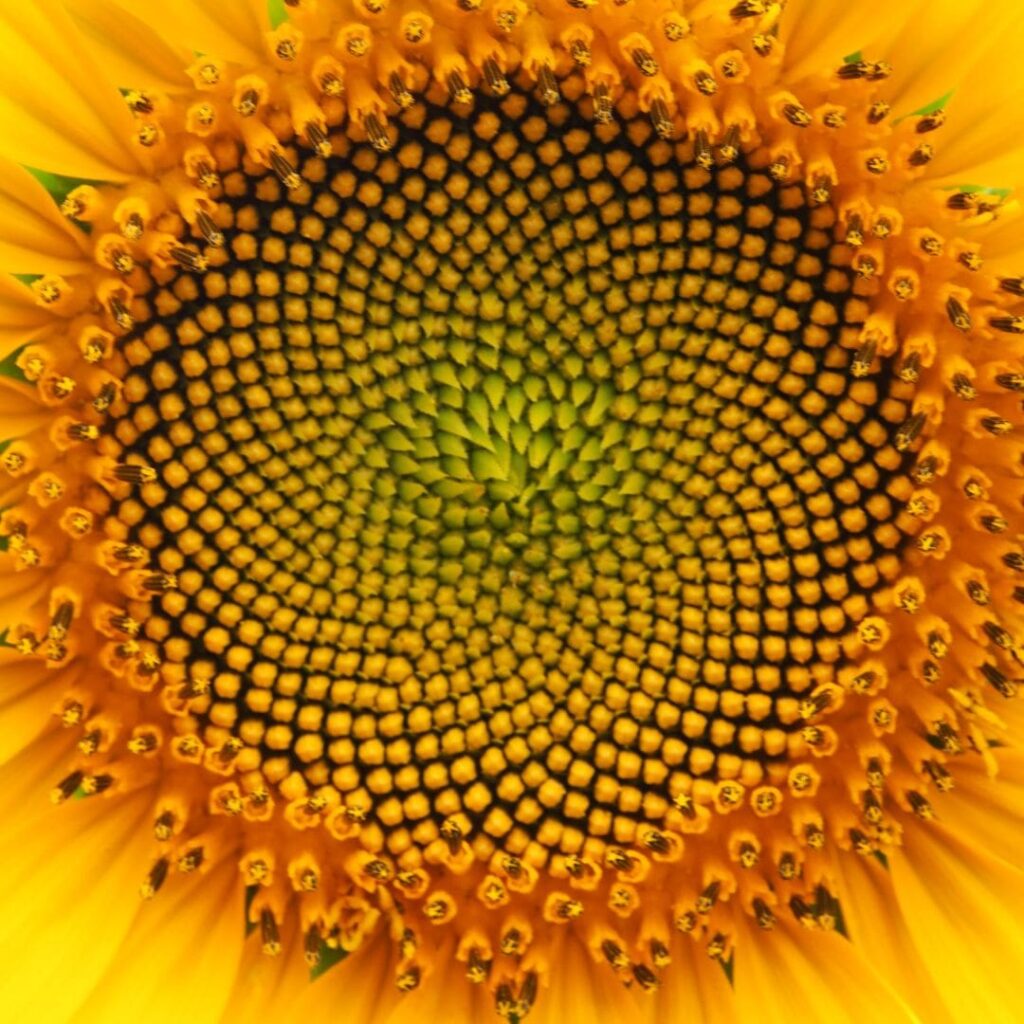
Mandalas abound in nature. Every cell in our body is a living Mandala. Snow crystals, a bird’s nest, a wheel and the planet earth herself are all mandalas! The sun is the centre of our cosmic Mandala.
Recently, on a trip to the vast snow fields close to Artic Circle, we found ourselves in the middle of a snowstorm. As tiny snowflakes fell on my arm, I saw the magical wonder of a perfectly symmetrical snowflake in all its perfection and beauty. I stayed still and watched it; and as I kept watching it took me deep inside and left in me – a silence. Indeed, one can meditate on mandalas found in nature and reach the vastness, spaciousness, and expansiveness even in the tiniest of snow crystals!
The Quiet Connection and Opening of the Psychic Being
As we contemplate on nature’s mandalas or even create or colour mandalas in silence – we gradually shift from thoughts and thinking into slowing down the mind’s clutter. Gradually the patterns or colours we are gazing at or working upon, take us beyond our thoughts, our mind and into an inner silence. From this silent spaciousness, as we continue to gaze or colour and create, deeper and deeper levels of being can be experienced.
From such silence, one can sometimes receive insights and wisdom that is very relevant to our life and journey. The silent and quiet voice of the psychic presence within becomes available to those who persist, allow and slow down to listen. During such timeless moments, one can experience perfect harmony within and without. And answers come from deep within in a way that feels integral and whole.
Mandalas at Creative School
Our long experience with children and adults at Creative School tells us that the slow and deliberate process of making and staying with the mandala can take us deep within ourselves. There are many ways in which we can connect with mandalas – colouring a mandala on paper, creation in sand, creating flower mandalas on the ground or in urlis and making mandalas with natural materials. For a deeper meditation we can just focus on the centre of the mandala in meditation.
One practice that we do very regularly is also the simplest – colouring mandalas. We sit down together, adults and children, in silence, each one of us colouring the mandala pattern to which we are drawn. Several pre-existing patterns are available, and we intuitively pick one that appeals to the heart.

As we stay with mandala colouring, we lose track of time. A natural quiet descends in the room as each of us starts listening to the inner guidance. Choice of colours is intuitive, and no rules are imposed. The mandala speaks to something within, and we follow this calling. Often in this process, we receive inner messages as the clutter in the mind clears up and we enter our heart space.

Children are naturally in their heart space and the mandala keeps them there. When colouring these mandalas, children intuitively know what to do. They easily choose the design they like and the colours they want to use. As they colour, their heart’s poetry comes through in the form of messages. This process encourages intuitive and creative expression.
Light on the Dark
As adults we often use mandala colouring to slow down and bring in a sensitive mindfulness to what is going on inside. As the mind slows down, we gradually enter the heart space. The colouring process then becomes a deeply healing one. Often, we experience the insight we have been waiting for – soul wisdom that awaits us in the centre of our being.
Mandalas represent the totality of our being, or Self. The eminent Swiss Psychologist Carl G. Jung believed that they are our eternal mind’s eternal re-creation – “the path to our centre, the voice of our unconscious, and the mirror of our becoming whole.” Because they represent our human psyche, each of us responds instinctively to mandalas. Drawing and colouring of the mandalas is akin to the journey to our centre. It is a form of meditation that brings to awareness the messages from our unconscious. Light is finally shed on the dark.
Your soul blossoms to the Light as a flower opens to the sun.
~ The Mother, CWM, Vol. 14, p. 330
All one needs to do is this – forget the rules, find a peaceful space for oneself, and begin colouring! Give oneself permission to be free.
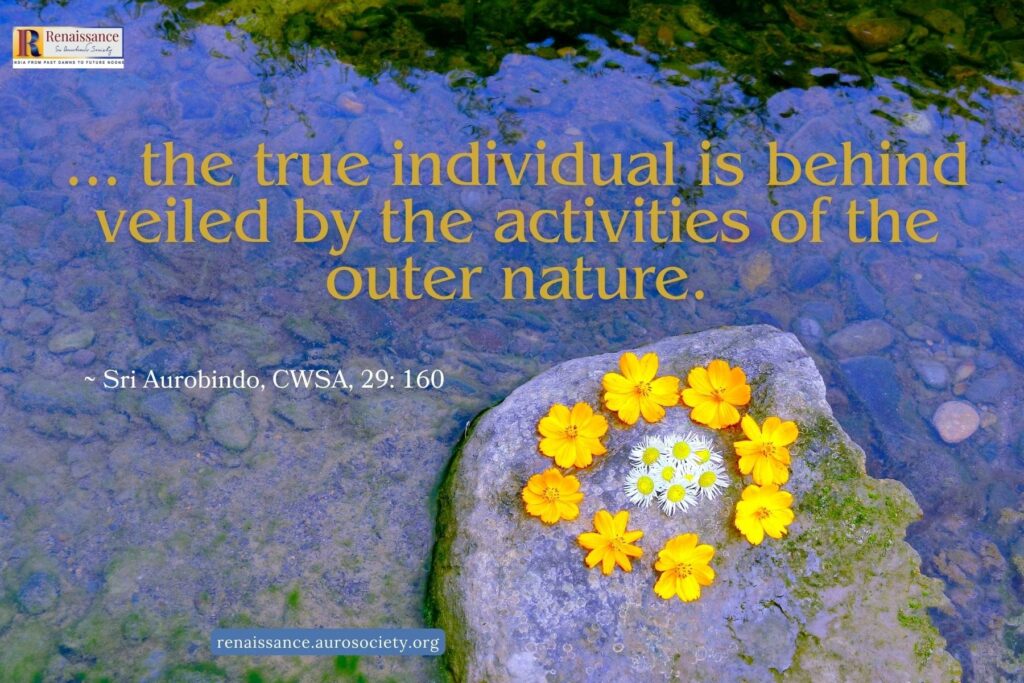
Co-creating Flower and Nature Mandalas
While colouring mandalas on paper is often an individual experience, making mandalas from natural objects such as stones, flowers, leaves, sand, branches, twigs etc. can become a beautiful collective experience.
We also work as a group in silence. As one progresses in this activity – each member of the group intuitively tunes into the whole and the whole mandala just flows. This is a beautiful experience to harmonise a group and build co-operation. A peaceful and mutual working together can co-create great beauty.


To summarize, mandalas are a versatile practice which can be included in everyday life by both adults and children. Based on the available time and materials, they can be explored to reach deep within oneself and get in touch with the inner divine presence.
Suggested Resources
- Mandalas for Meditation by Reudiger Dahlke
- Mandalas of the World: A Meditating and Painting Guide by Rudiger Dahlke
- Everyone’s Mandala Colouring Book by Monique Mandali
- Mystical Mandala Colouring Book by Alberta Hutchinson
Watch: Interview with the author and her team
~ Design: Beloo Mehra

